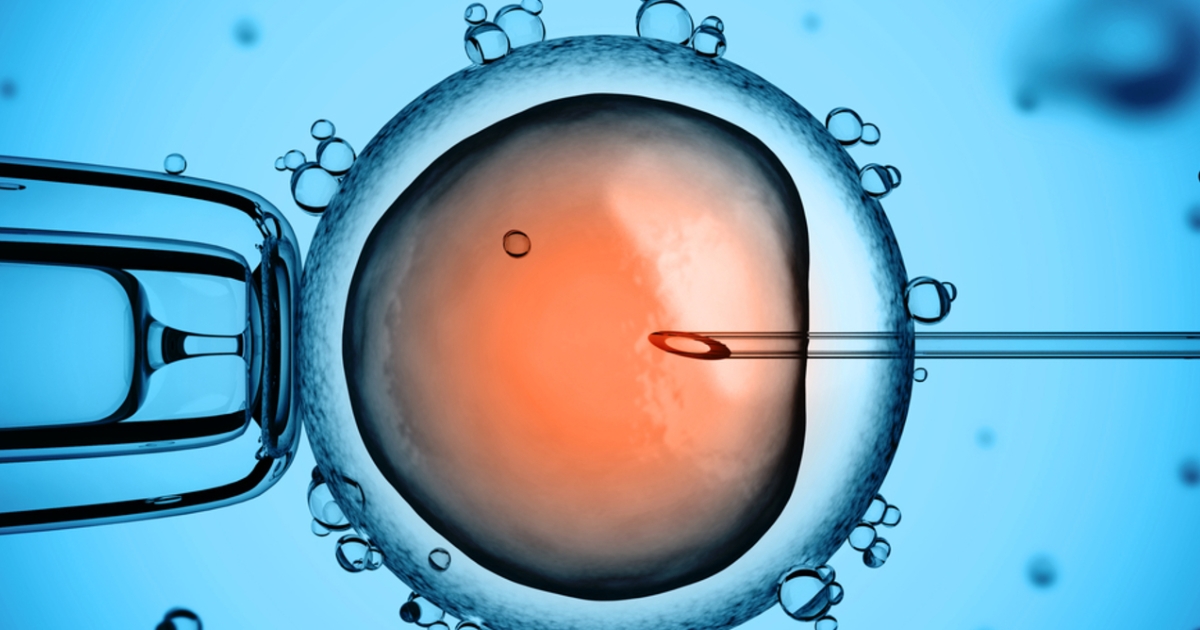Guide To Treating Chronic Pancreatitis
Autologous Pancreatic Islet Cell Transplant

An autologous pancreatic islet cell transplant is a procedure that involves the infusion of the patient's own islet cells into the liver's portal vein. This procedure is only necessary for patients who have pancreatitis that has destroyed most of their pancreatic tissues and deemed the organ non-functional. A pancreatectomy procedure is performed to extract the damaged and diseased pancreas. The removal of the entire pancreas can provide considerable relief to individuals with severe chronic pancreatitis, but it results in an unavoidable complication of type 1 diabetes. The autologous pancreatic cell transplant was designed to mediate this complication by providing a way for the patient's body to make insulin in the absence of the pancreas. This procedure works to accomplish this by infusing the islet cells from the removed pancreas so they become lodged in the liver blood vessels. Once in the blood vessels, the islet cells are activated and produce insulin. Because this is an autologous transplant, there are zero risks of tissue rejection involved. This procedure does not always prevent diabetes after a pancreatectomy, but it does increase the chances of having a milder form of diabetes.
Read more about treating chronic pancreatitis now.
Consume Smaller Meals

Individuals affected by chronic pancreatitis are often advised to consume smaller meals. The pancreas is responsible for the production of certain enzymes necessary for the proper digestion of food. Chymotrypsin and trypsin are produced by the pancreas to break down proteins. Lipase is produced to break down fats, and amylase is produced to break down carbohydrates. All of these enzymes are combined and sent down the common bile duct, where bile joins them. The combination of bile and enzymes then moves into the small intestine where they are all utilized to break down the different components of food. Chronic pancreatitis patients have a reduced function of their pancreas, which means it cannot produce these enzymes very well. The digestive system may have trouble digesting a larger meal due to the fact the pancreas is not providing enough of these enzymes collectively at one time. It is easier on the patient's inflamed pancreas to eat six smaller meals a day, instead of three larger meals.
Learn more about the best options for treating chronic pancreatitis now.
